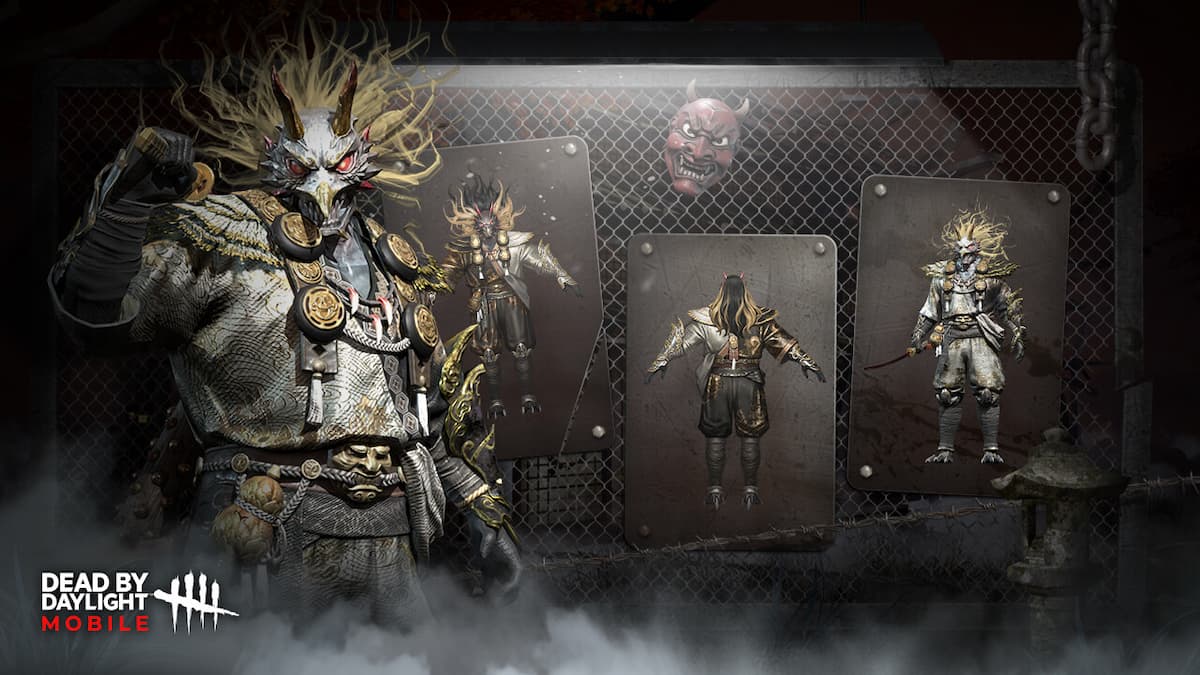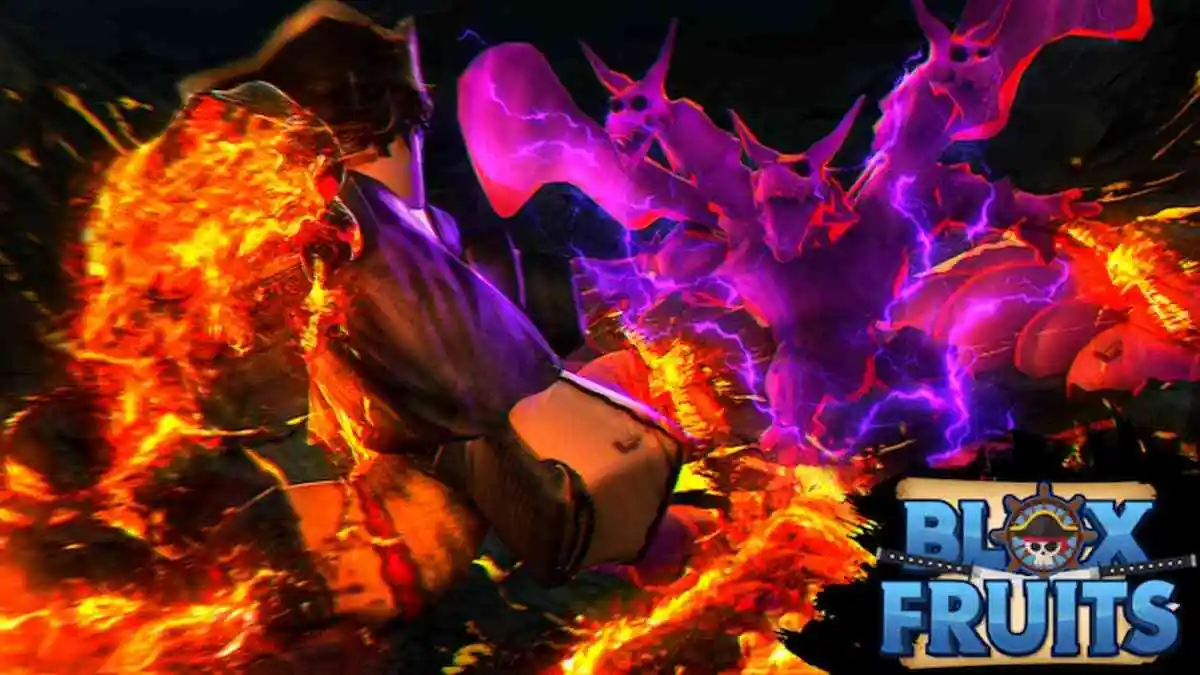Okay before I begin I’m going to assume you know how to place a buy/sell order and you know how to use the market UI decently.
Now, for the actual guide:
To begin, lets assume you have no idea what station trading is. At its simplest, station trading is the process of setting a buy order and selling the item at a higher price. There are however a few ways to improve you odds of making a profit.
Part 1: Identifying Good Trades
The first thing to look for when searching for good trade items is whether or not the highest buy order is a lower price than the lowest sell order. For example, lets say tritanium has a highest buy order at 5 ISK while its lowest sell order is 10 ISK. Go ahead and make a buy order for that.
The next set of things to look for are all located in the Price History tab (it’s under the picture of the item, next to the Market Data tab). Now don’t freak out when you see it, the thing’s a pain to understand at first. Lets go through each part and I’ll explain their meanings.
First thing to look at are the green bars at the bottom of the chart (see picture below). They represent the amount of units traded in a given day. The more items traded, the faster you’ll get a return on your buy orders, so look for item with a lot of trade volume.

Next you look at the big brownish shape in the middle of the graph (see picture below). This is the Donchian channel. No idea who that is but it represents the space between the highest and lowest sell/buy orders. You want this to be as wide as possible. That’ll mean larger profit margins.

Next look for the yellow squares on the graph (see picture below). These represent the median price of all the orders of that day. Generally speaking you want this to be in the middle of the Donchian channel as much as possible. This means that the supply and demand is somewhat stable and won’t be left holding onto your items before you can sell them.

Last thing to look at are the green and red lines on the graph (see picture below). They represent the moving average take at 20 and 5 days, respectively. What you’re looking for is a straighter green line, indicating price stability on the long term, and a jagged red line, indicating volatile prices on the short term.
BESbswyBESbswyBESbswyBESbswyBESbswyBESbswyBESbswyBESbswyBESbswyBESbswyBESbswyBESbswyBESbswyBESbswyBESbswyBESbswy

So in summary you want an item with:
– High volume traded (lots of green bars)
– Large profit margin (wide Donchian channel)
– Stable supply and demand (yellow squares in the middle of the Donchian channel)
– Stable prices on the long term and volatile prices on the short term (straight green line and jagged red line
Once you’ve identified a good item set up your buy order and sell the items that come in. You’ll also want to update your order periodically, making sure your buy orders are the highest and your sell orders are the lowest. It’s up to you how often you update but I find that my orders tend to be filled right after I update them.
Part 2: The Skills
There are 3 categories of skills that can make you a better trader: number of orders, remote trading, and NPC fees.
1. The Number of Orders Trading Skills are pretty straight forward. The higher the level of the skill, the more order you can have at once. Here are the skills:
– Trade: Increases your limit of active orders by 4 per level
– Retail: Increases your limit of active orders by 8 per level
– Wholesale: Increases your limit by 16 per level
– Tycoon: Increases your limit by 32 per level
You’ll want these skills as high as you’re willing to train them.
2. The Remote Trading skills allow you to create and modify orders remotely.
– Procurement: Increases the range of setting up buy orders
– Marketing: Increases the range of setting remote sell orders
– Daytrading: Increases the range at which you can modify active orders
– Visibility: Increases the highest possible range you can set for a buy order when you set it up remotely. This one’s a bit tricky. Here’s an example, say you’re in Sibot and you want to set up a buy order in Amarr. Assuming your Procurement skill is high enough, the Visibility skill will control the max range you can set the buy order to be filled at.
These skills don’t have to be very high. I find that level 4 for each is enough for me.
3. The NPC Fee skills decrease the amount of ISK you have to give to CCP when you’re trading.
– Accounting: Decrease the tax paid on sell orders
– Broker Relations: Decreases the broker fees for setting up buy and sell orders
– Margin Trading: Decreases the amount of ISK you have to put in escrow when you set up a buy order. You’ll have to pay the difference when the buy order is fulfilled.
You’re gonna want Accounting and Broker Relations as high as possible. Margin Trading is nice too, but not as important.
Well, that’s the basics. Most of the ability to station trade well comes time and bigger wallet, so keep at it. Now go and create a market crash or something. Thanks for reading.






Published: Jan 24, 2013 07:14 pm